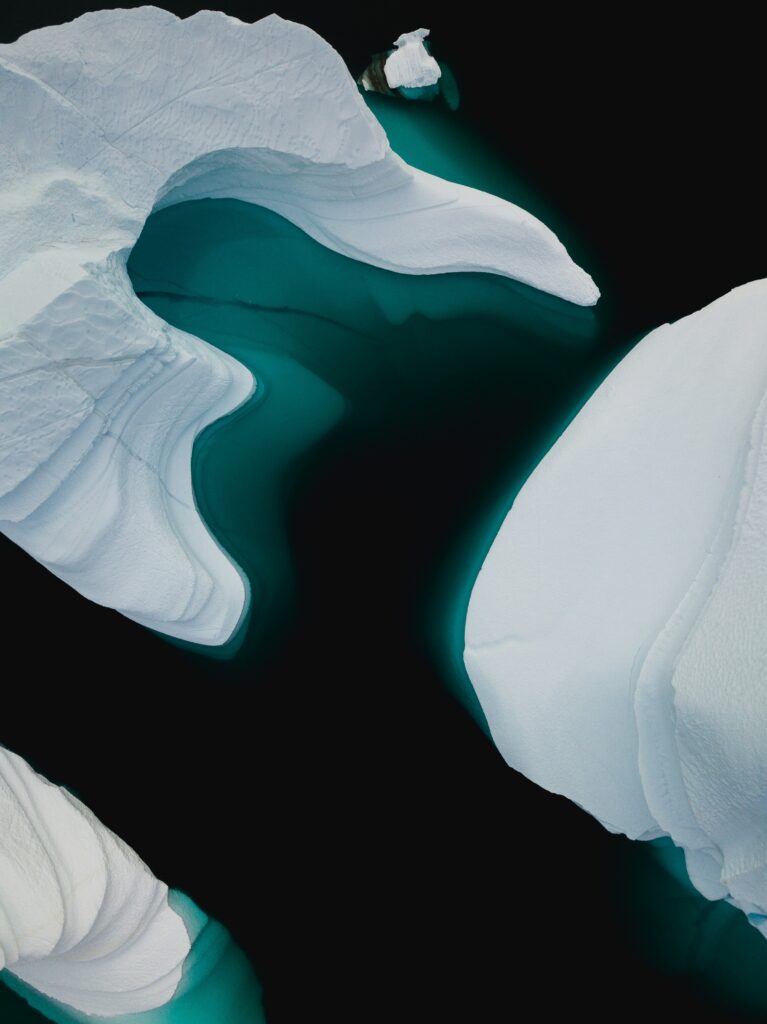Arctic sea ice loss has slowed sharply during the last 20 years, with no significant decline since 2005, scientists report.
They expected faster melting, since fossil fuel emissions kept rising and trapped more heat in the atmosphere during this time.
Researchers say shifting ocean currents, which temporarily reduce ice melting, likely balanced out the ongoing rise in global temperatures.
However, they warn this pause is temporary. Ice loss could soon resume at nearly twice the long-term average speed.
A Temporary Reprieve
Despite the slowdown, September sea ice has shrunk by half since 1979, when satellite records began. The crisis remains real.
Scientists stress natural climate fluctuations occasionally mask long-term warming, but the Arctic still faces ice-free summers later this century.
Such conditions would threaten ecosystems, harm people in the region, and accelerate warming by exposing dark ocean water that absorbs heat.
Dr. Mark England, lead author of the study, explained: the slowdown provides time but should not be mistaken for recovery.
Scientific Evidence
The team analyzed two datasets of ice coverage from 1979 onward, finding declines had slowed across all months of the year.
Thousands of climate model simulations showed similar pauses occurring naturally, always followed by further ice loss at faster rates.
Additional research reveals September sea ice shrinks by 2.5 square meters for every ton of emitted carbon dioxide.
Even without shrinking area, ice volume also declines. Since 2010, average October thickness has fallen by 0.6 centimeters annually.
Past warming trends show similar pauses, like after the 1998 El Niño, but heat continued to build within the system.
Urgency Remains
England emphasized: climate change is real, human-driven, and dangerous. The pause does not weaken scientific consensus or need for urgent action.
He warned that without clear explanation, groups misusing the slowdown could spread doubt about the reality of climate change.

